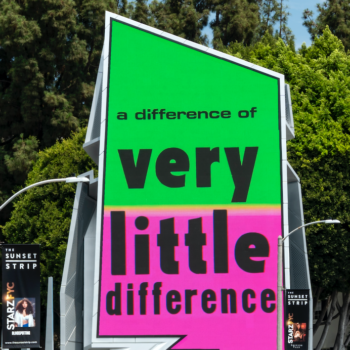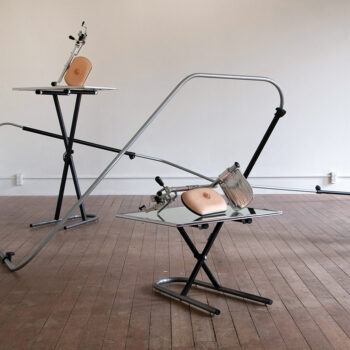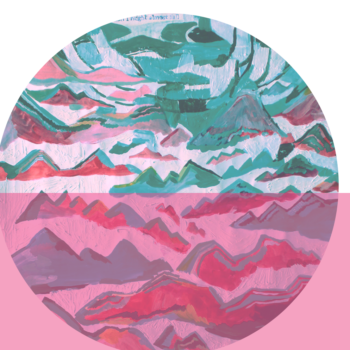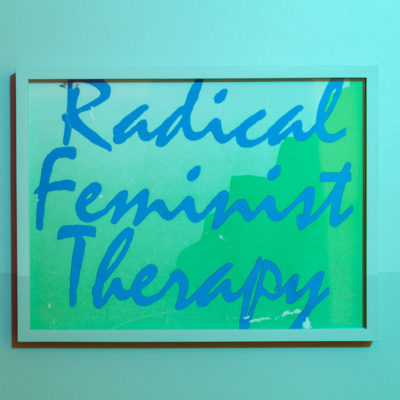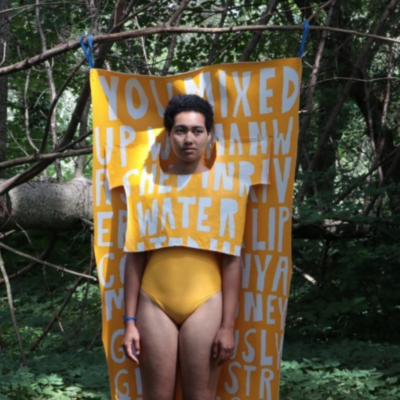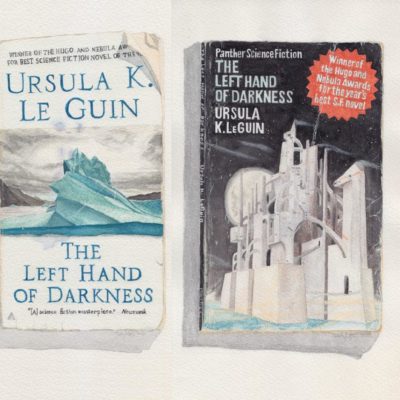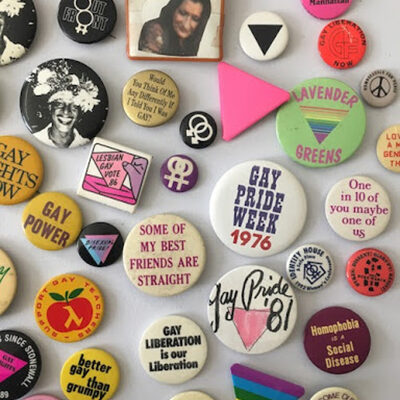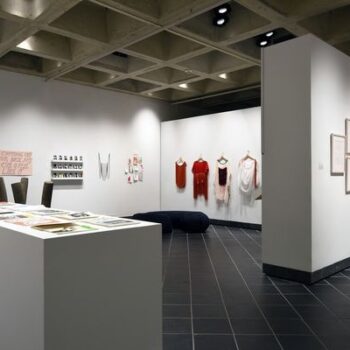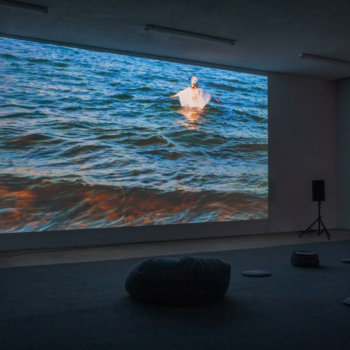SUNSET SPECTACULAR:
DIGITAL BILLBOARD
ARTS ON SUNSET in WEST HOLLYWOOD A yearlong public art presentation for the City of West Hollywood’s 67 foot digital billboard the Sunset Spectacular. Designed by architect Tom Wiscombe, the Sunset Spectacular is an innovative full-motion digital tower that merges architectural excellence with diverse public art. The cornerstone of the Sunset Spectacular is Arts on Sunset, an ongoing public project developed by Orange Barrel Media. Presentations by Aimee Goguen, Eve Fowler, Nao Bustamante, Jacolby Satterwhite, and Lukaza Branfman-Verissimo will represent queer artists on the Sunset Spectacular all year long.
